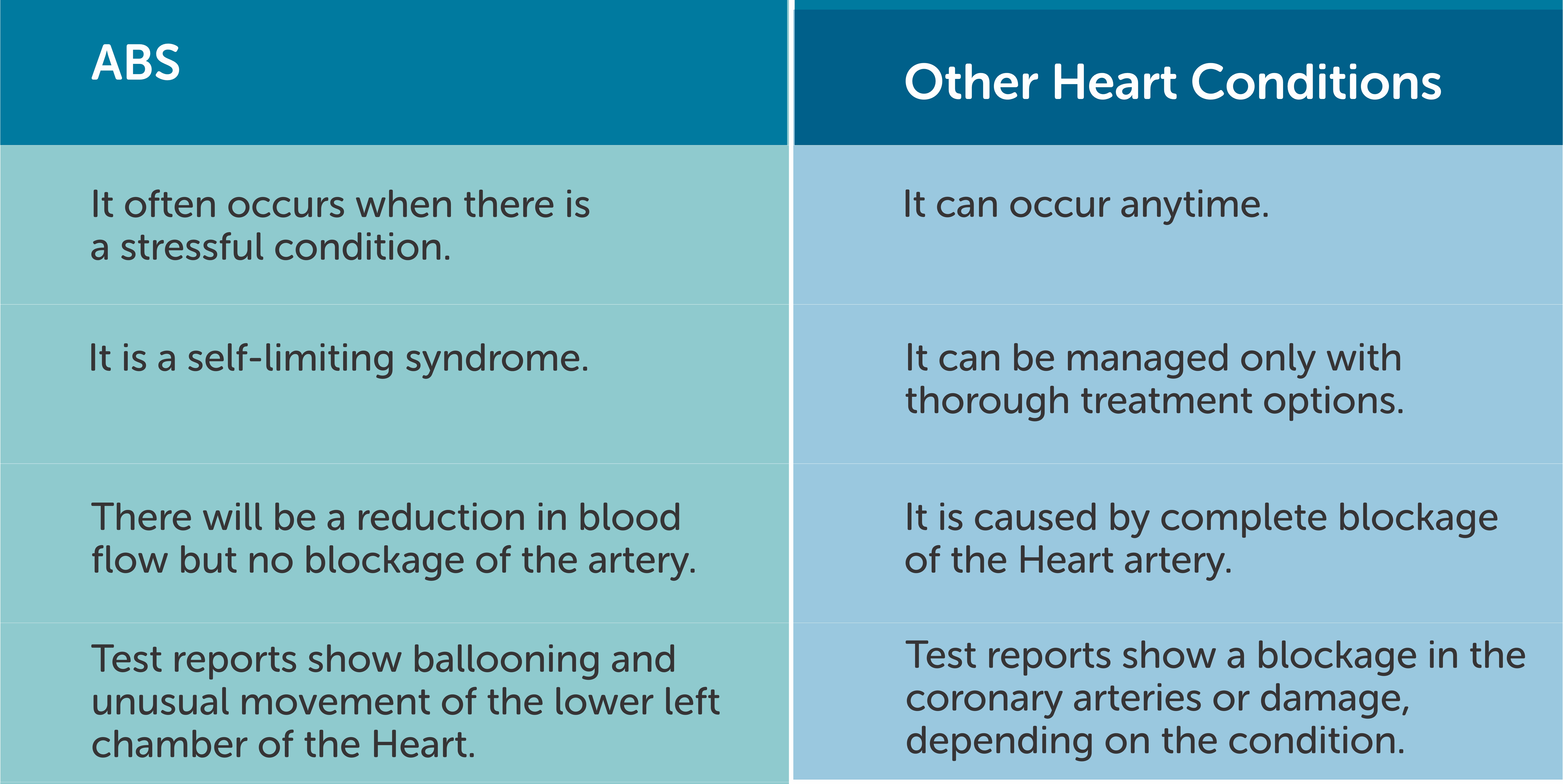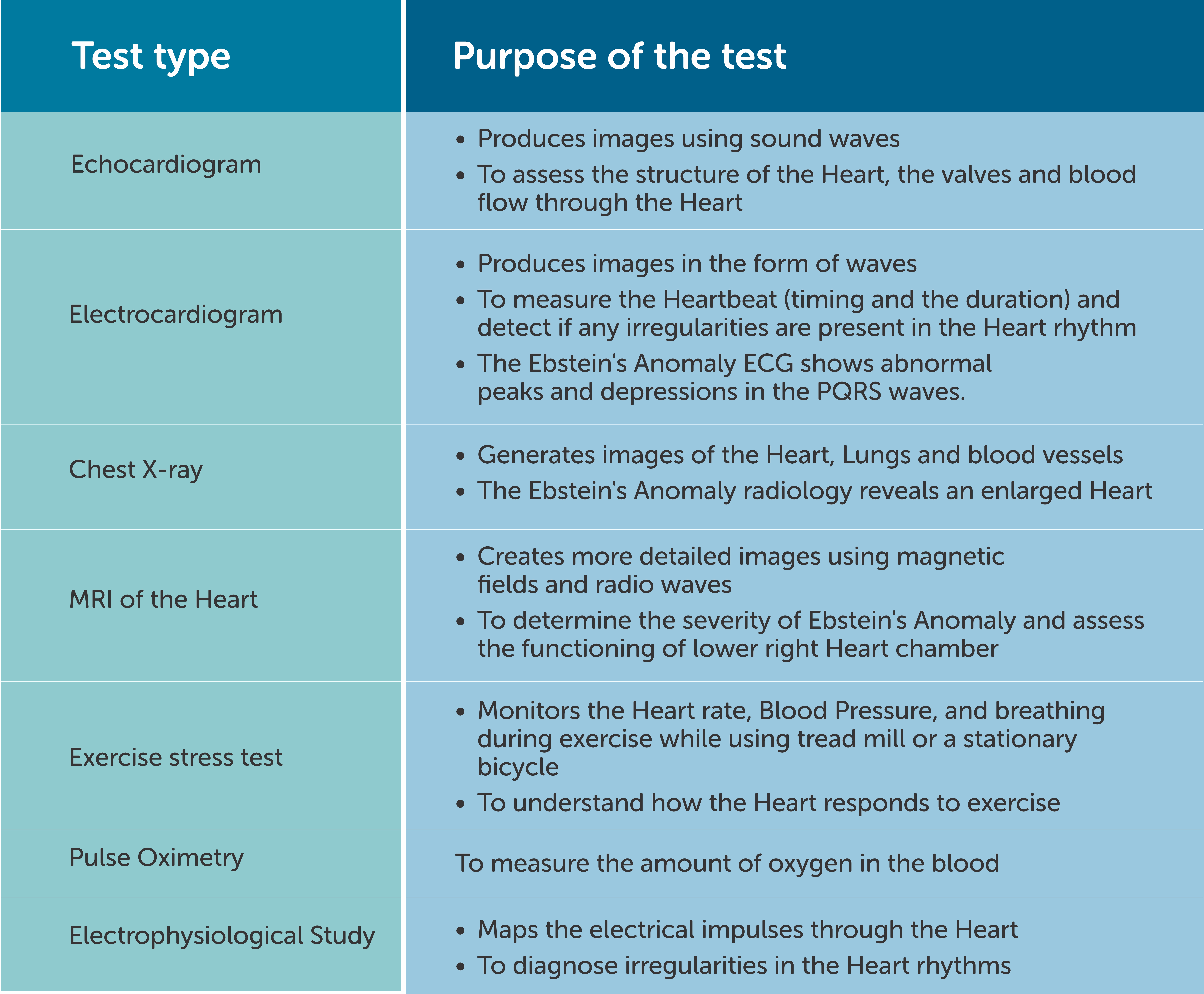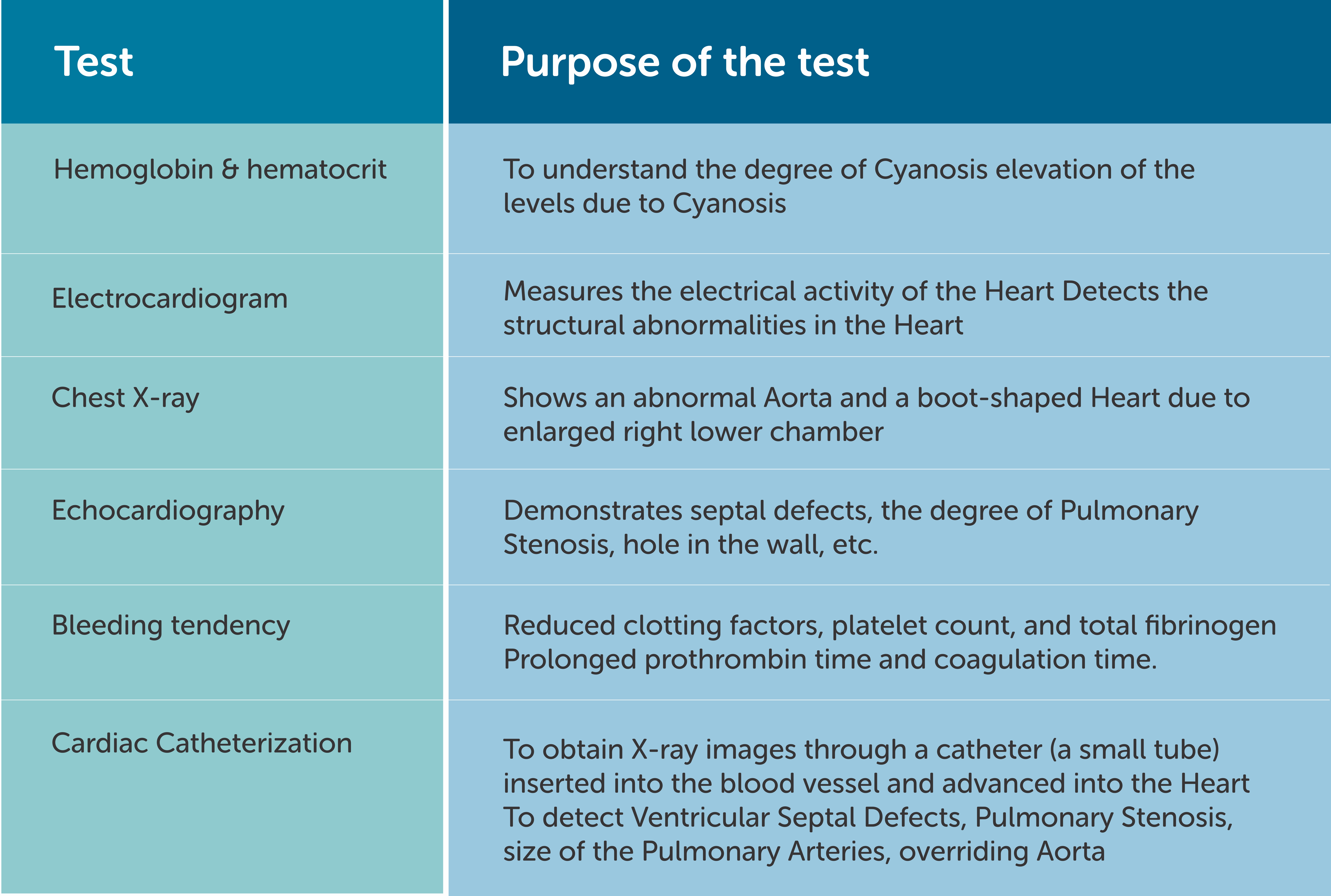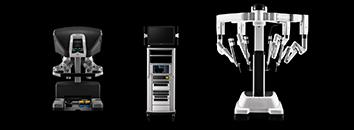Symptoms
Aortic Valve Stenosis has a very slow progress and may take some decades to show the symptoms. You will start having problems when the valve narrows down to nearly one-fourth of its original size. Symptoms usually appear during exercises, when there is more pressure on the Heart.
Symptoms include:
- Chest pain or pressure. You may also feel chest tightness
- Dizziness and fainting
- Tiredness and shortness of breath (especially after exertion)
- Palpitations (feeling the Heartbeat as if it is pounding, or racing)
The symptoms are different in infants and children. Symptoms may include not feeding enough or being unable to gain weight. They become easily fatigued. In some children, within a few weeks of birth, there can be difficulty in breathing which can worsen with their age.
Your condition is almost serious once you have the symptoms. So, consult a doctor immediately because there is a chance of sudden death in many patients.
Causes
The Heart valves open and close with every Heartbeat, and this is a continuous process which occurs every second till death. However, due to genetic defects or some health conditions, the aortic valve may not function effectively.
Genetics: The aortic valve is made of 3 flaps, which work together to open or close. But in some children, at the time of birth, these flaps are not separated properly or may be thick which causes a defective opening and closing.
Rheumatic Fever: This is a condition present in people with Strep Throat, a Streptococcal Infection. Rheumatic Fever can affect the skin, Heart, Brain and joints. In the Heart, it causes Aortic Valve Stenosis.
Calcification of the valves: Calcium is important for strong bones. But, when the calcium levels in the body rise much higher beyond the normal value, then it gets deposited in the Heart valves affecting their normal functioning. This is usually seen in people aged above 65 years.
Risk factors
The following factors can increase the risk of you or your child getting Aortic Valve Stenosis:
Age: With increasing age and calcium deposition, the risk of developing Aortic Valve Stenosis is high.
Gender: In males especially those aged 30 to 60 years, the risk is high when compared to females.
Diseases: Diseases such as Rheumatic Fever, and Chronic Kidney Disease can increase your chances of developing Aortic Valve Stenosis.
Some other risk factors which are similar for Aortic Valve Stenosis and Atherosclerosis include smoking, Type 2 Diabetes, High Blood Pressure, and High Cholesterol indicating a connection between the diseases.
Diagnosis
When you report the symptoms, your doctor will perform a physical examination which includes listening for any abnormalities in your Heart sounds. Following this, imaging studies are performed to understand the inside of your Heart.
MRI (Magnetic Resonance Imaging) - Gives a detailed picture of the Heart
CT (Computed Tomography) - Creates 3D images of the Heart
Chest X-ray - Gives the size and shape of the Heart. An enlarged lower chamber of the Heart is a sign of Aortic Valve Stenosis.
Echocardiogram - Provides moving images of the Heart
Cardiac catheterisation - Shows the blockages in the Heart using dyes
Complications
The Heart pumps at an extra pressure in patients with Aortic Valve Stenosis. But at some point, the Heart cannot put the extra effort to pump through the narrowed valve, which leads to life-threatening problems such as:
- Chest pain
- Fainting
- Irregular Heart rhythms
- Heart Failure
- Cardiac Arrest
Treatment
Medication can reduce the symptoms of the Aortic Valve Stenosis, but the condition can be treated by surgical repair. It is not immediately required for you to undergo surgery. Your doctor will schedule your operation based on the severity of your condition, as diagnosed through tests.
Medications: Medications are prescribed to lower your Heart rate, reduce fluid accumulation, etc. This can slow down the progress of the disease.
Surgeries:
Balloon Valvuloplasty: A soft thin tube fitted with a balloon to one end is used in the procedure. It is inserted into the narrowed valve and inflated to open the valve wide. Later the balloon and the tube are removed. This technique is majorly used in children and infants.
Aortic Valve Replacement: This is performed in severe cases. Here, the defective valve is replaced with a prosthetic valve or tissue valve.
Transcatheter Aortic Valve Replacement: Unlike the Aortic Valve Replacement which is performed during Open Heart Surgery, in the Transcatheter Aortic Valve Replacement, the prosthetic valve is inserted along the artery in your leg or along the left ventricular apex of your Heart.
Surgical Valvuloplasty: In this procedure, the surgeon uses tools to separate the flaps of the valve.
Prevention
The below tips can help you reduce your chances or prevent you from getting Aortic Valve Stenosis.
- Be proactive to prevent Rheumatic Fever by consulting a doctor when you have a sore throat.
- Resolve the risks for Coronary Artery Disease such as High Blood Pressure, Cholesterol, etc.
- Maintain oral hygiene because the infections of the teeth and the gums can spread to the Heart. The infection can lead to inflammation and the narrowing of the valves and arteries.
The Aorta is the chief artery in the body. It carries oxygenated blood from the Heart to all the parts of the body. The lower chamber of the Heart (left ventricle) pumps the blood into the Aorta through a valve called the Aortic Valve. Aortic Valve Stenosis is a defect in the opening and closing of the valve, which prevents the proper flow of oxygenated (pure) blood to the Organs of the body.


















